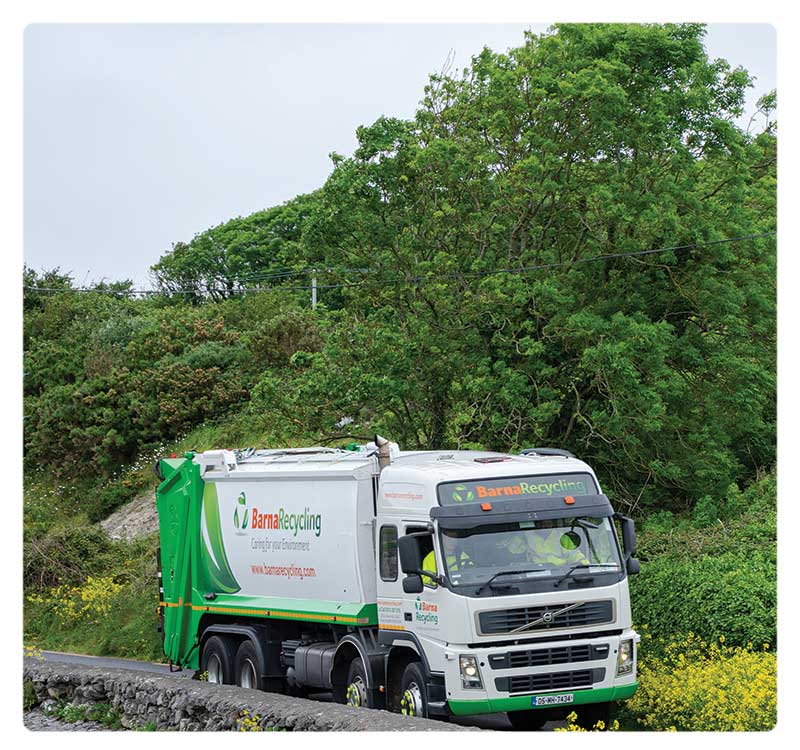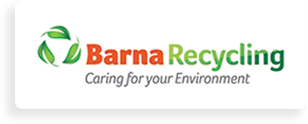- Barna Recycling
- May 01, 2016
Dealing with Hazardous Waste in your Home
Some of the household products we use on a daily basis can be potentially hazardous to ourselves, our family and our pets. Items like household cleaners, batteries, light bulbs and paint all contain hazardous substances that need to be stored and disposed of in the correct manner. If not, they can have a wider detrimental impact on the environment us.
Here we can provide you with some helpful information on handling hazardous items in your home, ensuring your family are kept safe from harm and preventing unnecessary pollutants from entering the environment.
The first step in managing hazardous substances in the home is to identify products that have a potential hazardous risk associated with them. Read the label on the back of the product. By law all hazardous products sold in supermarkets are required to have hazardous labels on the back. These usually have an orange sign with a black symbol. These labels should never be removed. By removing the label, you remove the necessary instructions required to use and store the product.
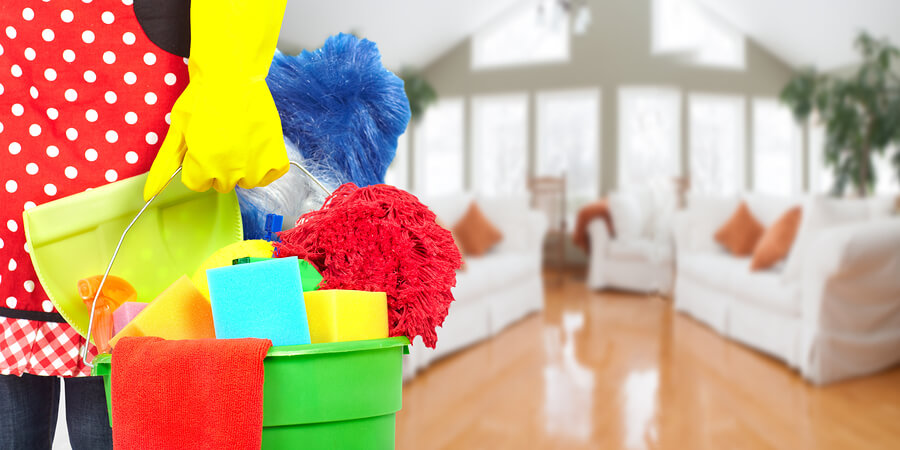
Household Cleaners
Household cleaners especially oven cleaners and highly concentrated detergents should be kept out of reach of children. Household cleaning products have become more concentrated over that last number of years for environmental reasons i.e. reducing the container size resulting in a smaller carbon footprint to produce the product. Cleaning products should never be stored in containers or bottles that previously stored food as this could result in a case of mistaken identity causing chemical injury to people unaware of what is contained within the container. Any unused or expired cleaners should be disposed of correctly. Follow the directions on the label. Water soluble cleaners can be disposed down the drain with running water.
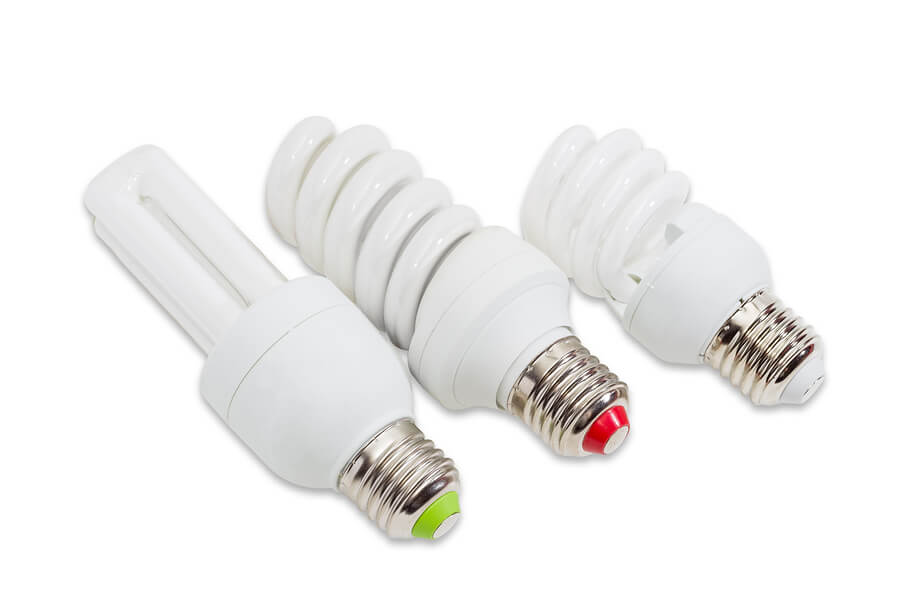
Light Bulbs
Energy efficient light bulbs have become more common over the last number of years, replacing incandescent light bulbs. They have the advantage of a longer life span as well as reducing the cost of your electricity bill. However, they don’t come without their share of hazards. Each energy saving bulb contains a small amount of mercury, which is required for the operation of the light bulb. Mercury it a neurotoxin and is defined as a toxic waste. Care should be taken when replacing an energy efficient bulb in your home.
Energy efficient bulbs are highly recyclable and fall under the Waste Electrical and Electronic Equipment (WEEE) Regulations. You can bring your used energy efficient light bulbs to your local Barna Recycling facilities.
Although Incandescent bulbs have no associated chemical hazards, they do generate a significant amount of heat and hold a risk of exploding or bursting. So care should be taken when handling them.
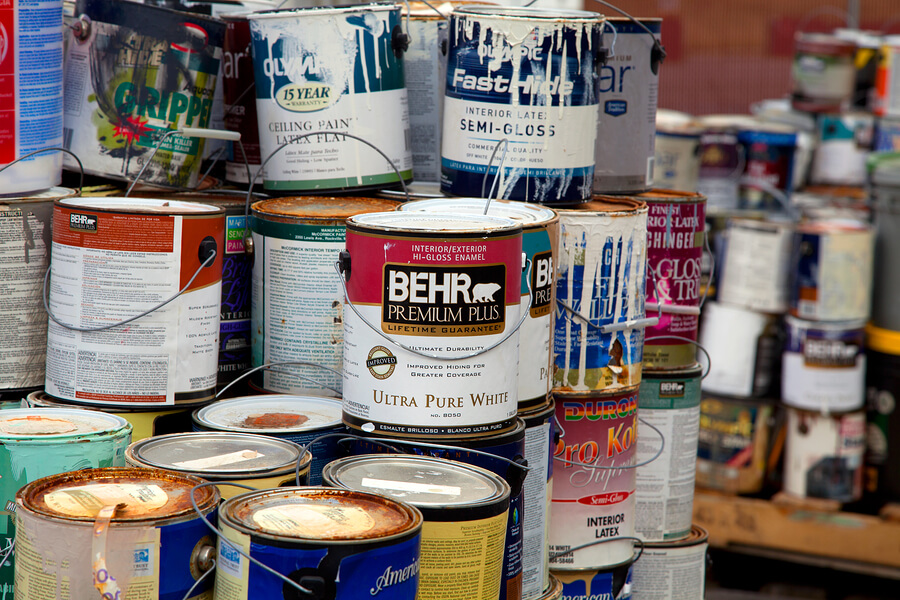
Paint
Paints can contain a number of different potentially hazardous substances like resins and additives. Solvent based or oil based paint contain a higher number of organic solvents giving paint that strong odour in a freshly painted room.
Even the solvents used to clean paint rollers and brushes can be highly hazardous to the environment especially if care is not taken when using solvents like mineral spirits it could result in run off into the environment and potentially contaminate water streams.
Although water based paints can contain less hazardous substances, they still need to be disposed of in an environmentally friendly manner.
We accept both hazardous and non-hazardous waste paint. You can drop them by one of our Barna Recycling facilities.



